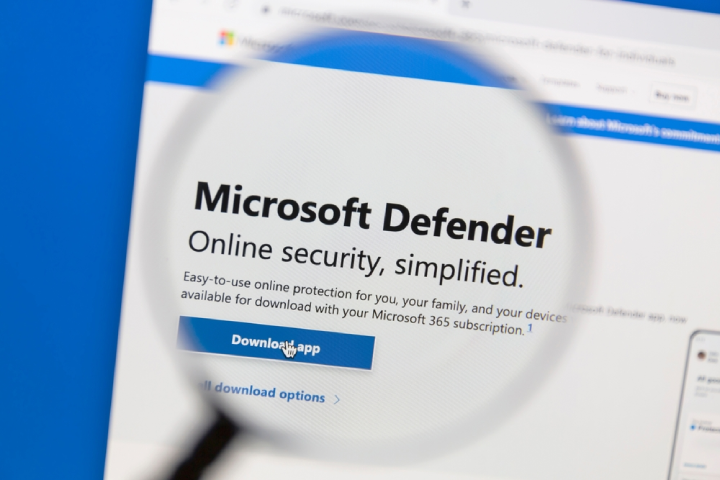
According to Microsoft, “Microsoft Defender Antivirus is a major component of your next-generation protection in Microsoft Defender for Endpoint.”
Via a combination of machine learning, big-data analysis, in-depth threat resistance research and the Microsoft cloud infrastructure, Microsoft Defender works to detect and remove malware and helps protect computer systems running Windows operating systems.

Initially, it was released as free spyware for Windows XP, but now it has fully turned into an antivirus program as a replacement for Microsoft Security Essentials in Windows 8 and later updates.
However, Microsoft Defender is not exclusive to Windows and Microsoft products. Indeed, in 2019, Microsoft Defender ATP was released for Mac, even though it was exclusively for business customers. In 2020, furthermore, Microsoft announced the release of the software for both iOS and Android devices.
How does Microsoft Defender work?
There have been multiple changes from when Microsoft Defender was first released.
There are three main ways Microsoft Defender can work: active, passive and disabled mode.
In the active move, Microsoft Defender acts as the primary antivirus software on the device. In passive mode, the program runs alongside a separate antivirus entity and, consequently, it is not the primary antivirus in the device. In disabled mode, Microsoft Defender is not used or active, therefore files are not scanned and threats are not filtered.
What is the difference between Microsoft Defender and Windows Defender Firewall?
The two applications are totally different, even if there are some mutual objectives.
Microsoft Defender acts as an antivirus program that prevents threats and cybersecurity risks from infiltrating the device, such as malware, worms and viruses.
On the other hand, Windows Defender Firewall, as the name suggests, does not deal with viruses or threats. Instead, it monitors network traffic and blocks hacker attacks and unauthorised access.






